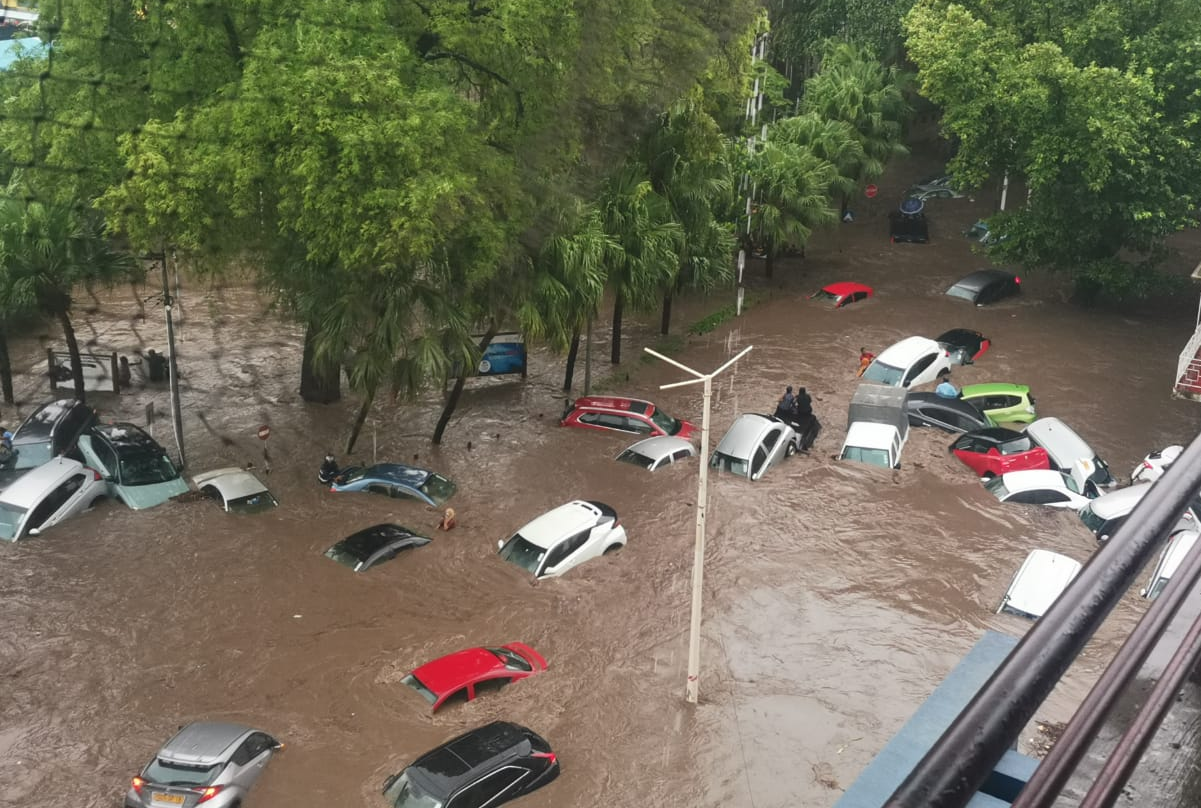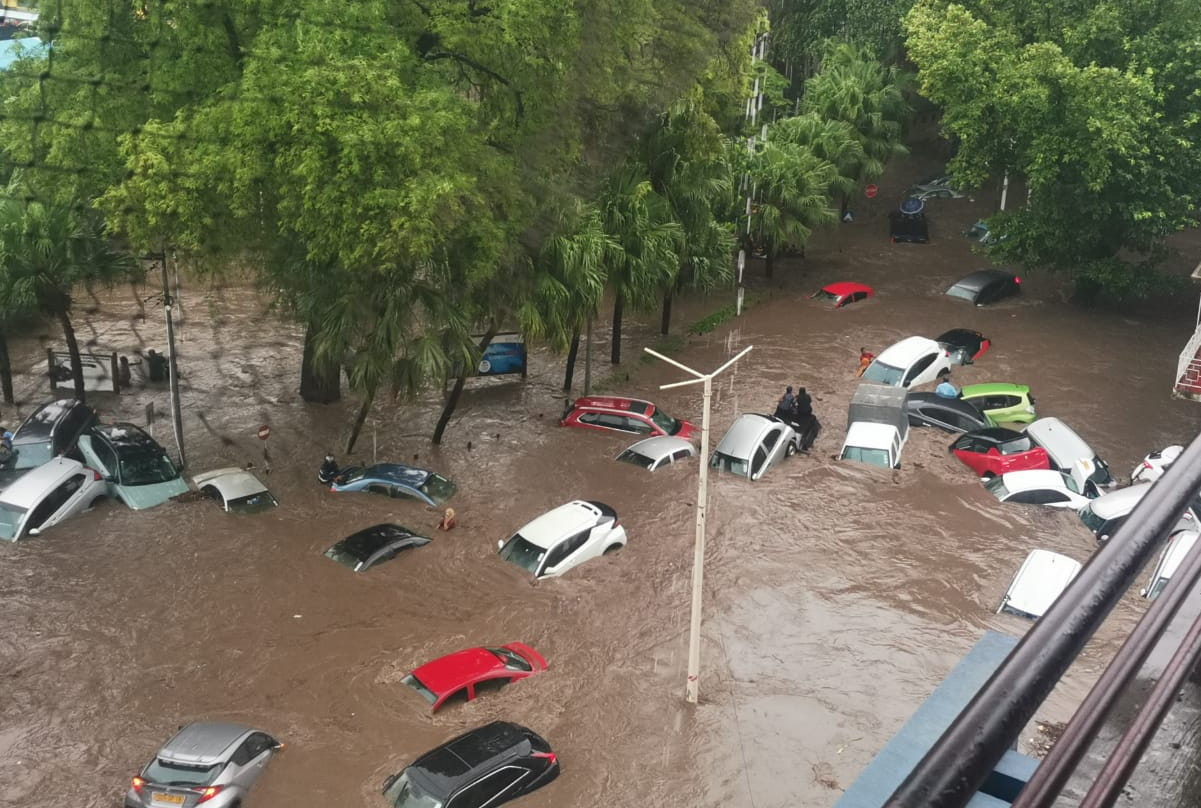
While 2023 was marked by record heat and drought, the first two months of 2024 are already witnessing several extreme weather events that have meteorologists wondering. These include:
In January 2024, Storm Belal swept through Reunion Island, causing extensive damage. The tropical cyclone was deadly for the island’s inhabitants. Belal swept the Reunion from its torrential rains and gusts reached 217 km/h.
The succession of atmospheric rivers in California: the region has experienced the passage of about fifteen atmospheric rivers since December 2024. These phenomena have caused flooding and significant snowfall, 15 meters of snow at an altitude of 2,000 meters, for example at the Mammoth ski resort in the Sierra Nevada.
A lot of rain in a large part of Southern Europe: In France in particular, the rainfall reached one day in a regular winter in January 2024. Spain, Portugal and Italy experienced similar situations, with flooding in Venice.
Extreme flooding in New Zealand: Auckland experienced historic flooding in late January, with 241 mm of rain falling in 24 hours, eight times the amount of water the city usually receives in January. The passage of an atmospheric river over New Zealand was aided by warming oceans and the presence of a high-pressure system that slowed its advance.
A record drought in Africa: the Horn of Africa is experiencing the longest and most intense period of drought, some countries such as Kenya, Ethiopia or Somalia recorded a sixth rainy season without rain. The situation is causing regional conflicts and increasing the number of climate refugees, with the UN estimating that 3.3 million people require emergency aid due to the lack of water.

A record cold in the United States: in February New Hampshire recorded a felt temperature of -48˚C, calculated by taking into account measurements taken at an altitude of 1,900 meters, with a recorded temperature of -43˚C and wind gusts of 200 km/h.
Over this area, the polar vortex weakened and the zone that delimits the stratosphere lowered to 1,900 meters, allowing stratospheric winds to infiltrate.
Several Mediterranean hurricanes: the Mediterranean hurricanes, have formed since January but unlike other hurricanes, it is not the water temperature that plays an important role in their formation but rather the cold air present aloft when it encounters a depression. These hurricanes usually form between September and November.




